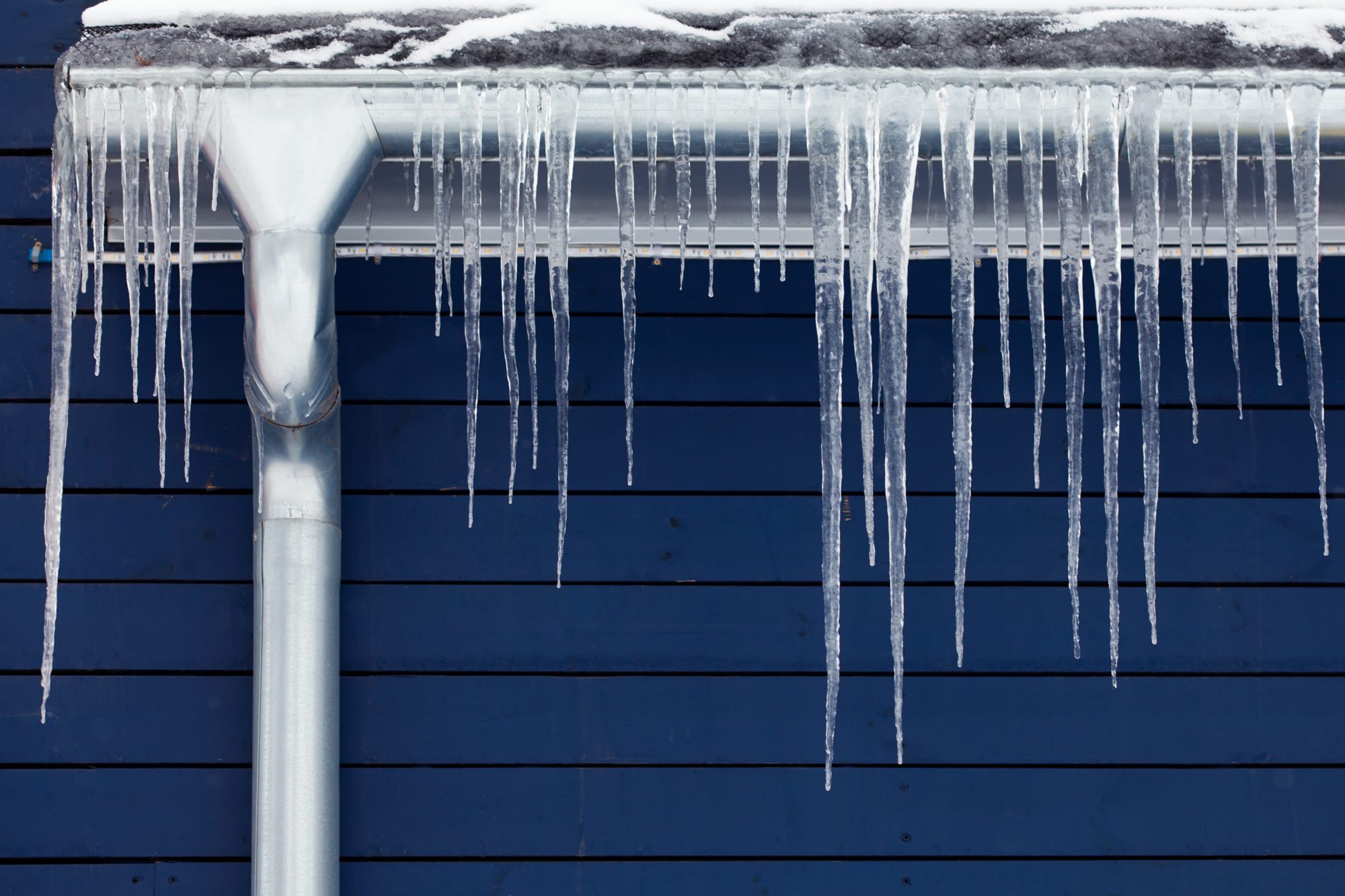Ways to Defend Plumbing System from Freezing: Key Advice
Ways to Defend Plumbing System from Freezing: Key Advice
Blog Article
How do you actually feel in regards to How To Avoid Freezing Pipes?

Winter can damage your plumbing, particularly by freezing pipes. Below's just how to stop it from occurring and what to do if it does.
Introduction
As temperature levels decrease, the danger of frozen pipelines rises, potentially resulting in costly repairs and water damages. Comprehending how to stop icy pipes is essential for house owners in chilly climates.
Prevention Tips
Insulating vulnerable pipes
Cover pipes in insulation sleeves or utilize warmth tape to safeguard them from freezing temperatures. Focus on pipes in unheated or exterior locations of the home.
Heating methods
Keep indoor rooms effectively heated, especially areas with pipes. Open up cabinet doors to permit warm air to flow around pipelines under sinks.
How to identify icy pipelines
Search for decreased water flow from faucets, uncommon odors or sounds from pipelines, and visible frost on subjected pipes.
Long-Term Solutions
Architectural modifications
Think about rerouting pipelines far from outside walls or unheated locations. Add extra insulation to attics, cellars, and crawl spaces.
Updating insulation
Invest in high-grade insulation for pipelines, attics, and walls. Appropriate insulation aids maintain consistent temperatures and minimizes the danger of icy pipes.
Safeguarding Exterior Plumbing
Yard hose pipes and outdoor faucets
Separate and drain pipes yard hose pipes prior to wintertime. Set up frost-proof faucets or cover outdoor taps with insulated caps.
Comprehending Icy Pipelines
What triggers pipes to ice up?
Pipelines ice up when exposed to temperature levels below 32 ° F (0 ° C) for expanded durations. As water inside the pipes freezes, it broadens, putting pressure on the pipeline wall surfaces and potentially creating them to rupture.
Dangers and problems
Icy pipelines can bring about water disturbances, residential property damage, and costly fixings. Ruptured pipelines can flood homes and cause substantial structural damage.
Indications of Frozen Pipes
Determining frozen pipelines early can avoid them from rupturing.
What to Do If Your Pipes Freeze
Immediate actions to take
If you suspect icy pipelines, keep taps open up to alleviate pressure as the ice melts. Utilize a hairdryer or towels soaked in hot water to thaw pipes slowly.
Verdict
Avoiding icy pipes needs proactive actions and quick feedbacks. By recognizing the reasons, indications, and preventive measures, property owners can secure their plumbing throughout winter.
5 Ways to Prevent Frozen Pipes
Drain Outdoor Faucets and Disconnect Hoses
First, close the shut-off valve that controls the flow of water in the pipe to your outdoor faucet. Then, head outside to disconnect and drain your hose and open the outdoor faucet to allow the water to completely drain out of the line. Turn off the faucet when done. Finally, head back to the shut-off valve and drain the remaining water inside the pipe into a bucket or container. Additionally, if you have a home irrigation system, you should consider hiring an expert to clear the system of water each year.
Insulate Pipes
One of the best and most cost-effective methods for preventing frozen water pipes is to wrap your pipes with insulation. This is especially important for areas in your home that aren’t exposed to heat, such as an attic. We suggest using foam sleeves, which can typically be found at your local hardware store.
Keep Heat Running at 65
Your pipes are located inside your walls, and the temperature there is much colder than the rest of the house. To prevent your pipes from freezing, The Insurance Information Institute suggests that you keep your home heated to at least 65 degrees, even when traveling. You may want to invest in smart devices that can keep an eye on the temperature in your home while you’re away.
Leave Water Dripping
Moving water — even a small trickle — can prevent ice from forming inside your pipes. When freezing temps are imminent, start a drip of water from all faucets that serve exposed pipes. Leaving a few faucets running will also help relieve pressure inside the pipes and help prevent a rupture if the water inside freezes.
Open Cupboard Doors
Warm your kitchen and bathroom pipes by opening cupboards and vanities. You should also leave your interior doors ajar to help warm air circulate evenly throughout your home.

Do you appreciate reading about Winter Plumbing Precautions: Preventing Frozen Pipes? Make feedback down the page. We would be happy to listen to your insights about this post. We are looking forward that you visit us again in the near future. Remember to pause to distribute this blog post if you enjoyed reading it. Thank-you for going through it.
Estimate Free Report this page